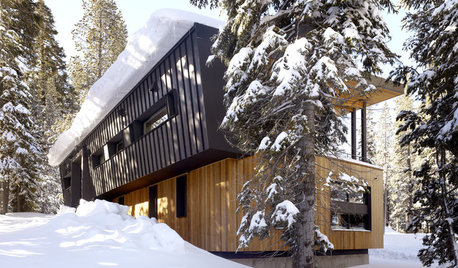winterization of fig failed...why?
thecityman, Zone 7a/6b near Nashville
10 years ago
Related Stories

WINDOWSNo-Fail Window Shades
A Go-To Look for Any Room: Window Coverings Made With Woven Woods
Full Story
HOUSEPLANTSSee How Fiddleleaf Fig Trees Can Liven Up Your Decor
The tropical houseplant with big green leaves adds a cheerful and striking design element to rooms
Full Story
GARDENING GUIDESGarden Myths to Debunk as You Dig This Fall and Rest Over Winter
Termites hate wood mulch, don’t amend soil for trees, avoid gravel in planters — and more nuggets of garden wisdom
Full Story
GARDENING AND LANDSCAPINGHandmade Home: DIY Outdoor Winter Table Setting
Embrace the cold weather and bundle up for an outdoor party in the snow!
Full Story
HOUSEKEEPINGGet Ready for Winter the Chilled-Out Way
Doing just a simple task a day for a dozen days will have you and your home saying, "Bring it on" to winter
Full Story
HOUSEPLANTSIndoor Winter Gardens for Cheerier Days
Bring plants inside for drab-days mood boosting — not to mention cleaner indoor air and protection for your greenery
Full Story
10 Reasons to Turn to Bright Hues in Winter
When it’s gloomy outside, consider energizing your home and boosting your mood with bold color inside
Full Story
GARDENING GUIDESGreat Design Plant: Winter Daphne
Perfume your garden or home with the tiny pink flowers of this treasured shrub — it's a diva, but the effort is worth it
Full Story
MORE ROOMSLong, Cold Winter Days—Bring 'em On!
13 Inspiring Ways to Make Good Use of Nesting Season
Full Story
UPHOLSTERYFabric Focus: Cozy Up to Fall and Winter With Wool Decor
Environmentally friendly, durable and insulating, wool is an all-around good pick for home furnishings
Full StorySponsored
More Discussions






pvc12
thecityman, Zone 7a/6b near NashvilleOriginal Author
Related Professionals
Jennings Landscape Architects & Landscape Designers · Aurora Landscape Contractors · Wake Forest Landscape Contractors · Caldwell Landscape Contractors · Clayton Landscape Contractors · Deerfield Landscape Contractors · Milford Mill Landscape Contractors · Muttontown Landscape Contractors · Waldorf Landscape Contractors · West Chicago Landscape Contractors · Yukon Landscape Contractors · Miami Decks, Patios & Outdoor Enclosures · Pleasant Grove Decks, Patios & Outdoor Enclosures · Chaska Fence Contractors · North Miami Beach Fence Contractorsfignewbies
pvc12
pvc12
pvc12
pvc12
pvc12
thecityman, Zone 7a/6b near NashvilleOriginal Author
rycooder
rycooder
pvc12
thecityman, Zone 7a/6b near NashvilleOriginal Author
Desirai
rycooder
Charlie
GeneDaniels
Greg
johnorange